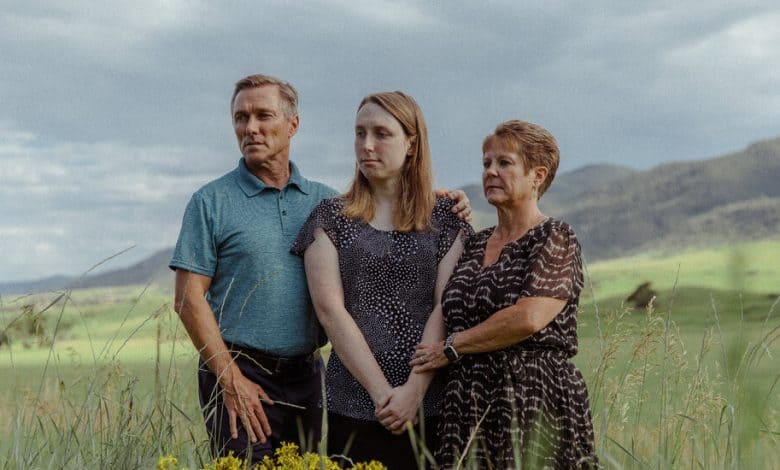Some Conservative Christians Are Stepping Away From the Gender Wars

Andrew and Debbie James are evangelical Christians. Born in England, the couple moved to Denver years ago and raised their children there. Mrs. James had a profound religious conversion experience early in parenthood, and their large nondenominational church quickly became the focal point of their lives. They used to say that if the doors were open, they were there.
“We always joked that we had this perfect little scenario,” Mrs. James said. “We had our boy, then we had our girl, and they were two years apart and they were just perfect.” They were strict parents — too strict, they say in hindsight, with the goal to “shield them from absolutely everything.”
When the couple’s older child was 19, living at home as a college student, Mrs. James got a call from the pharmacy informing her that her child’s prescription for estradiol, or estrogen, was ready. In a panic, she searched the teenager’s room, confronting her that evening.
It went badly. They initially refused to use their daughter’s chosen name, Lilia, and Mrs. James could barely be in the same room with her when she was wearing a skirt. Then a pastor at the church encouraged them to kick their daughter out of their home.
“This must be biblical advice,” she recalled thinking. “This must be what we’re supposed to do.”
‘A space of curiosity’
Many progressive and Mainline Christian congregations have moved to affirm transgender and nonbinary members. But for many conservative Christians, the rise of transgender identities in both visibility and in sheer numbers, particularly among young people, has been a profoundly destabilizing shift. Almost 90 percent of white evangelicals believe gender is determined by sex at birth, according to the Pew Research Center, compared with 60 percent of the population as a whole.
Austen Hartke realized he was transgender in seminary, where he was studying the Hebrew Bible; he came out as soon as he graduated. It was 2014, the same year that Laverne Cox was on the cover of Time magazine, and it felt to Mr. Hartke that the culture around him was steadily improving, that awareness and acceptance would go hand in hand, including in conservative spaces.
